As these lines were being written, the recent monsoon rains and flash floods had inflicted an economic loss of biblical proportions, causing climate disaster in the form of washed away or inundated villages, damaged or severed road and railway networks, lost livelihood for innumerable poor and vulnerable individuals, perished farm animals and massively devastated cropland extending up to approximately 2 million acres.
The grim picture of flood victims awaiting assistance and relief packages from the government, which is already facing a crippling economic crisis, not just tells a sorry tale about the current state of affairs but it also speaks volumes about the systematic vulnerabilities as well as the lack of preparedness of the state to circumvent the impacts of severe climate change.
Recently, a German Watch Report of the Long-term Global Climate Risk Index 2020, a global think-tank working on climate change, had rated Pakistan number 8th most affected country due to adverse impacts of climate change. The report also estimated the economic loss as well as human loss that the country may face due to the climate severities.
When such natural calamities strike a country, government’s initiation to devise a short-term and long-term plan for rescue, relief and rehabilitation becomes more important than ever. It is worthwhile to state that developing economies are hit harder in the wake of such calamities as they normally do not have full control on their policymaking while also lack the capacity as well as the resources at their disposal to carry out immediate rescue, relief and rehabilitation work.
At present, millions affected by flash floods, directly or indirectly, are awaiting government support and aid in the form of life-saving support –medical equipment, essential commodities, drinking water, hygiene kits, and clean food. The international agencies and donors have also lately responded to the call of government for flood assistance.
UN Office for the Coordination of Humanitarian Affairs (UN OCHA) has initiated its programme “2022 Pakistan Floods Response Plan” to complement government efforts for immediate relief to nearly 33 million displaced flood victims. Though these efforts may help the government in shouldering the burden of battling the climate disaster, yet they are insufficient to mitigate the climate change in long-term.
Another economic fall-out is a massive rise in the inflation rate which is touching record 47-year high as the impact of crop disaster seeps in, soaring the food prices where consumer prices rose as high as approx.. 27% in August 2022 from the year earlier causing the government to resort to food imports so as to fulfil its local demands thereby increasing the trade deficit further. In a country where 40% of the labour force relies on agriculture for livelihood, these staggering statistics are troublesome.
The need of the hour is to battle the economic fallouts of the climate disaster, provide rescue and relief to the flood victims while ensuring to keep the wheel of economy sustainably moving through a stringent two-pronged strategy focusing on short-term as well as long-term measures.
In this regard, some short terms measures, the government may take, are to immediately empower the local governments to take control of their administrative areas and in coordination with the relevant concerned agencies reach out to the flood affected people for immediate rescue, relief and rehabilitation such as catering to their much-needed life-saving medical support needs, prioritizing the concerns of vulnerable flood victims being women, aged, disabled and children, arranging necessary mechanism for the disposal of waste through sustainable waste management techniques and equipping the NDMA and their provincial wings to curb losses – both human & material - while also monitoring the implementation of these goals and assessing its progress in real figures.
As far as the long-term plan is concerned, a concrete formula based on the international standards is to be devised to build sustainable and resilient cities and bridging the trade deficit by diversifying the export base let alone diversification of export destinations of Pakistan.
In order to build a stable economy, balanced trade is essential. For the past few decades, the export destinations of Pakistan has remained stagnant while the commodities being exported are also facing challenges to compete in the international markets.
A prudent strategy is to find and build export markets in the region while also finding new trade partners in the international arena. Prioritizing trade to bridge the trade deficit can help Pakistan reap economic dividends and stabilize its economy. It is needless to say that only a stable economy can let the country invest on mitigating the impacts of climate change as it has its socio-economic and environmental costs.
Copyright Business Recorder, 2022








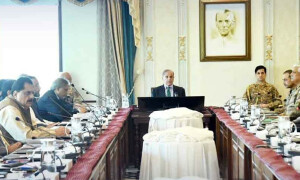




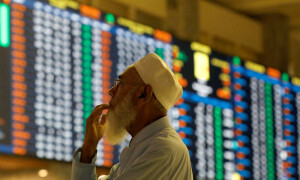
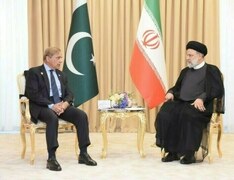
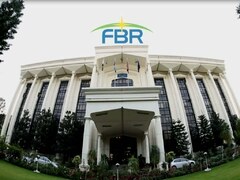

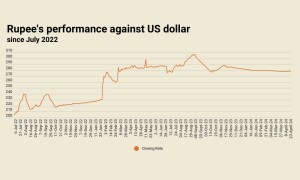

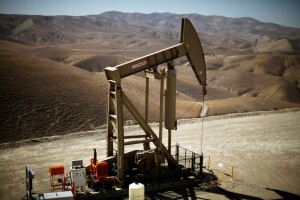



Comments
Comments are closed.